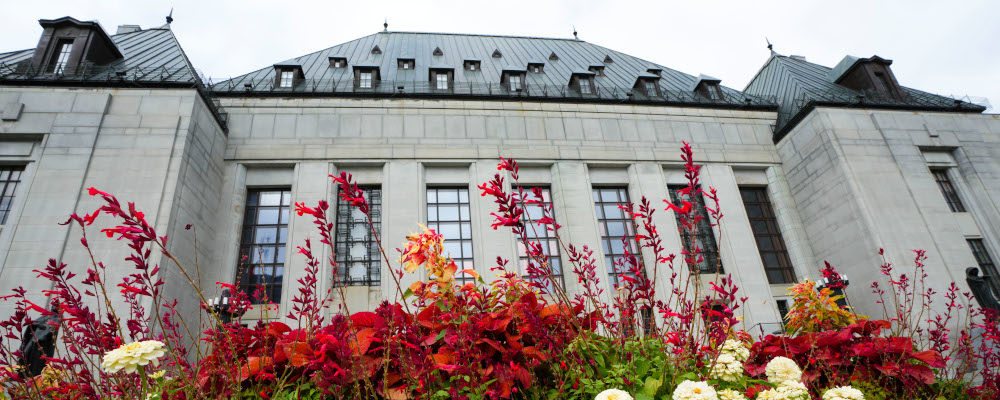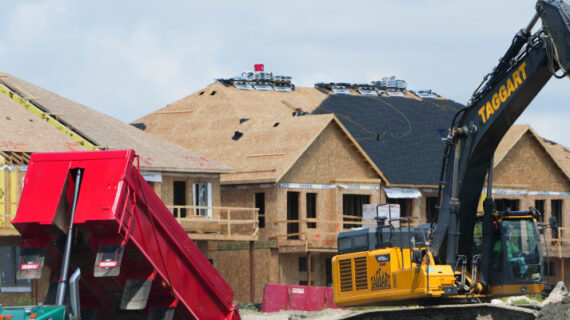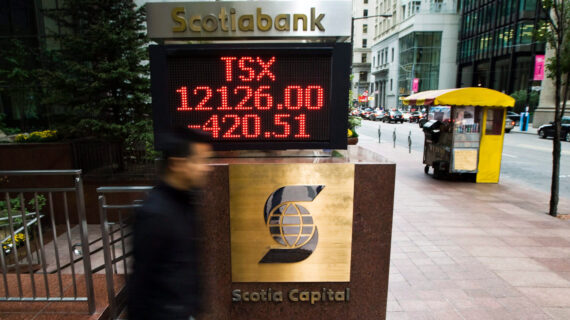Earlier this year, to mark the 40th anniversary of the patriation of the Canadian Constitution, UBC law professor Brian Bird wrote a four-part series1The Charter at Forty: The road to 1982 https://thehub.ca/2022-01-19/the-road-to-1982/ for The Hub tracing Canada’s constitutional history from Confederation to the present, ending with some thoughts about our constitutional future. It is an erudite and accessible journey through more than a century and a half of legal history, which I recommend to anyone interested in understanding the significance of 1982 as an inflection point in the modern history of Canada. In my own rather more polemical series, I make the case that by 1982 Pierre Trudeau’s constitutional vision, which was grounded in the Enlightenment values of liberal rationalism, was already outdated and that Canada’s new Constitution has thrived not on Trudeau’s intended terms, but as a broadly illiberal exercise of irrational judicial power. Here is part two, with the remaining parts to follow each day this week. You can read part one here.
Trudeau may have thought that by adopting the American idea of rights-based liberal constitutionalism he would usher in a new era of rational politics, but it was a belated attempt to convert Canada to a dying faith. Trudeau’s tenacious political longevity meant that, by 1982, he was a man out of his time—a liberal true-believer in a society fractured by the logical consequences of liberalism’s doctrine of radical autonomy. Yes, there were constitutions modeled along American and Canadian lines after 1982, but they were mostly flawed or superficially formal imitations of the originals. Some were exercises in liberal imperialism, imposed in a spirit of guilty hope on newly liberated colonies; most were constitutional kitsch.
Canada’s own Constitution was enacted at just about the last moment at which it would have been possible to do so here. Politically, the logic of individual autonomy that underlay Trudeau’s liberalism2Earlier this year on this site, UBC Law Professor Brian Bird recorded that, in his memoirs, Trudeau described the Charter as “an expression of my long-held view that the subject of law must be the individual human being; the law must permit the individual to fulfill himself or herself to the utmost.” was beginning to reveal its destructive potential as it fractured the social consensus at a much deeper level than even he intended. One obvious consequence of this was Quebec’s rejection of the new Constitution—an act of defiant self-determination that drew on the same liberationist impulse that underlay Trudeau’s Charter, albeit at the national rather than the individual level. Liberalism had no answer to a movement that used its freedom to reject liberalism.
The demand for recognition and autonomy didn’t end with Quebec. Just eight years after the new Constitution was enacted, Elijah Harper refused to grant unanimous consent to the Meech Lake Accord in the Manitoba legislature. His stand showed that Indigenous Canadians were no longer content to be passive observers of other peoples’ acts of constitutional self-creation. Just two years later, the Charlottetown Accord was rejected by a majority of the provinces and territories as the country divided over the question of whether Quebec’s distinct status should be constitutionally recognized as an atavistic anomaly within the new liberal order.
By 1991, the consensus that had been strong enough in 1982 to allow Trudeau and the premiers to impose the new Constitution as a top-down fait accompli was shattered. It is likely that, even in 1982, if the people of Canada had been asked for their opinion on each article of the proposed Constitution, the process would have disintegrated in the same way it did in the Meech Lake and Charlottetown debacles. But back then, governments could just about get away with not asking the people. Less than a decade later, as Peter C. Newman wrote, it was clear to most Canadians “that 11 men in suits meeting behind closed doors should never again determine the country’s future.”
To understand how revolutionary Trudeau’s Constitution was, you have to start with the Constitution it replaced.3British North America Act, 1867 – Enactment no. 1 https://www.justice.gc.ca/eng/rp-pr/csj-sjc/constitution/lawreg-loireg/p1t11.html Although the British North America Act of 1867 exhibited what constitutional theorist Martin Loughlin calls “the incipient Rationalism of writtenness,” its written terms mostly specified the division of powers in a confederal state and the peculiar requirements of accommodating previously separate colonies. When it came to the operation of government, however, it followed the unwritten practices, customs, and conventions of Victorian parliamentary democracy, which meant parliamentary supremacy—or at least as close an approximation of such power as an Imperial statute could permit. It even specified that Canada would have “a Constitution similar in Principle to that of the United Kingdom,” which meant an implicit, organic, often unstated, and stubbornly anti-Rational Constitution.
Our pre-1982 Constitution was not based on the liberal theory of authority delegated by the people but rather, as Leo Amery observed of the British Constitution in the 1940s, on “democracy by consent and not by delegation, of government of the people, for the people, with, but not by, the people.”4My emphasis. Trudeau’s reforms went right for that pre-Enlightenment heart, injecting the adrenaline of the American and French revolutions into our sleepy constitutional compromise. For the first time in a Westminster parliamentary system, a layer of universal rights was elevated in an unspecified and abstract form—with the details to be worked out later—above the sovereignty of parliament. How alien was the new Constitution? Consider that it introduced the principle of judicial supremacy into a Constitution that didn’t (and still doesn’t) strictly require there to be a Supreme Court of Canada.
The idea of subordinating local custom, tradition, public morality, and practical knowledge to the “Rights of Man” was the apotheosis of the Enlightenment project. As Yuval Levin described it in his book contrasting the philosophies of Thomas Paine and Edmund Burke, the Rationalists insisted that “[e]very political practice, institution and allegiance must explain itself in philosophical terms, so that no long-standing tradition, institution or cherished habit can resist the searing light so speculative analysis.”5The Great Debate: Edmund Burke, Thomas Paine, and the Birth of Right and Left https://munrobooks.com/item/dRd52YVrme_sdBUpBn4U5A In theory, the Charter summed up the utopian idealism of the liberal imagination and nothing as prosaic as the wisdom of the ages would be allowed to stand in its way. In practice, it threw the form of the Constitution up for grabs, and it was the judges who grabbed it.
In the hands of courts with almost total power to circumscribe the power of the other branches of government, the liberalism that Trudeau believed should order society quickly slipped its chain. Canada’s courts began applying the relentless logic of liberal rationalism to every belief system except, of course, liberalism itself. In case after case, the courts applied it to reject, as Levin wrote of the liberal project in general, “all that cannot explain itself in terms of modern reason” and to retain “only those elements of political life that meet its standards—regardless of what society may actually need or that had proven capable of serving the community in years gone by.”
The Supreme Court of Canada constitutionally entrenched this legal philosophy in the 1986 case of R. v. Oakes, when it announced that every act of parliament must now be rationally justified as “proportional” to the satisfaction of the courts. Under the Oakes test, an act of parliament must be directed at a necessary and important goal and “proportionate” in the rational means by which it would achieve that goal—with the courts sitting as the arbiters of what political ends are necessary and which political means are rational for the government of Canadian society.
It is a test that might have been dreamt up by Paine himself. And like Paine’s philosophy of deracinated capital-R Reason, once unleashed, it could not be contained. Henceforth, the Constitution would no longer take its meaning from settled expectations, social convention, and moral intuition as expressed democratically through parliamentary deliberation but from the creative reasoning of the courts, subject only to the apparently inexhaustible limits of their creativity.
In 1968, the witty old leftist theorist of the British constitution, JAG Griffith, summed up a similar tendency in the (much more modest and restrained) jurisprudence of his country. The judges, he wrote, “say and believe that distinctions can be made between matters apt for the courts, and matters apt for Parliament. They render to Caesar the things that are Caesar’s and to themselves the things that are God’s.” After 1982, Canada’s Supreme Court may not quite have claimed absolute divine authority but, taking the adjective “supreme” rather too literally, they confidently assumed absolute temporal power.




